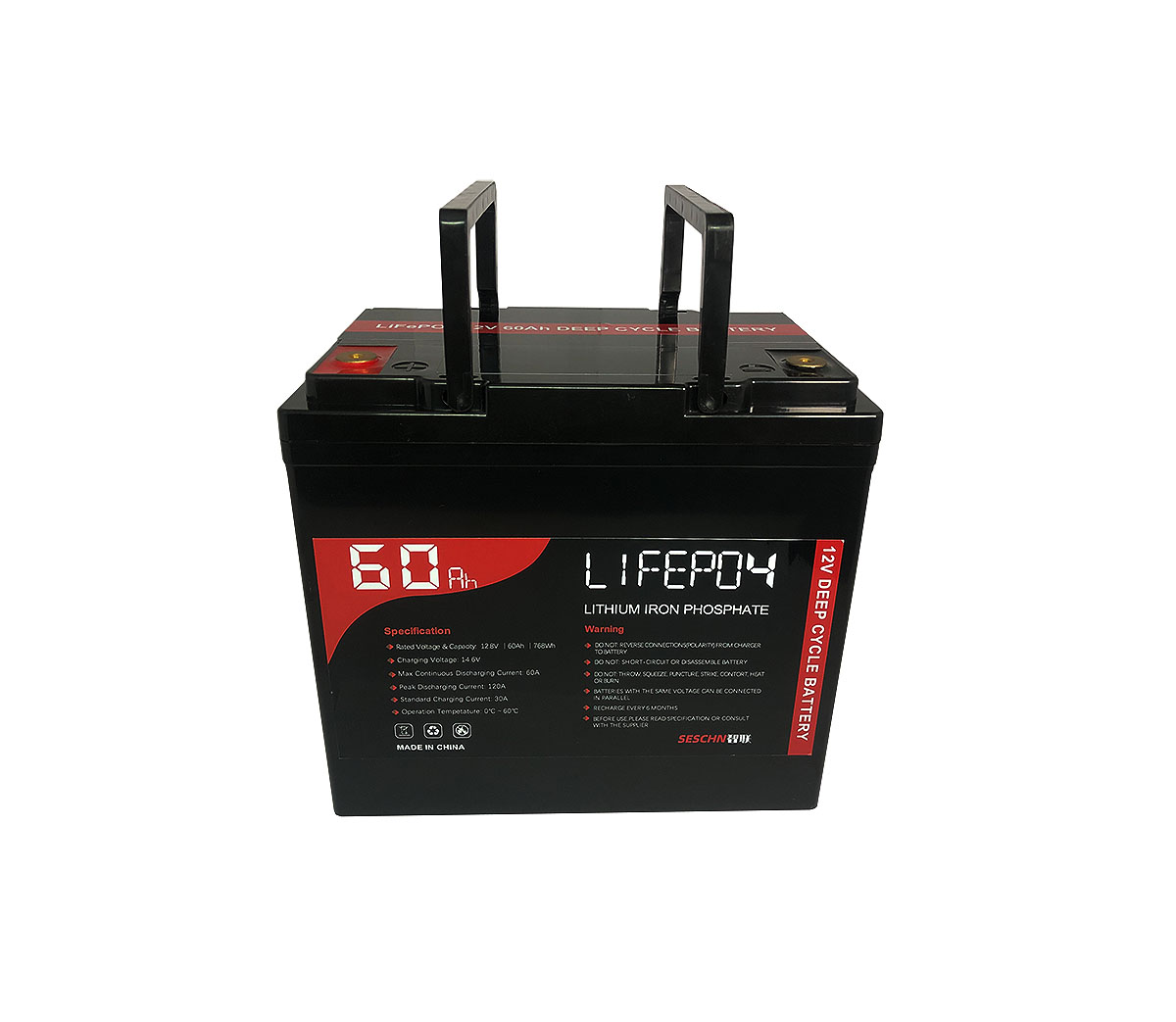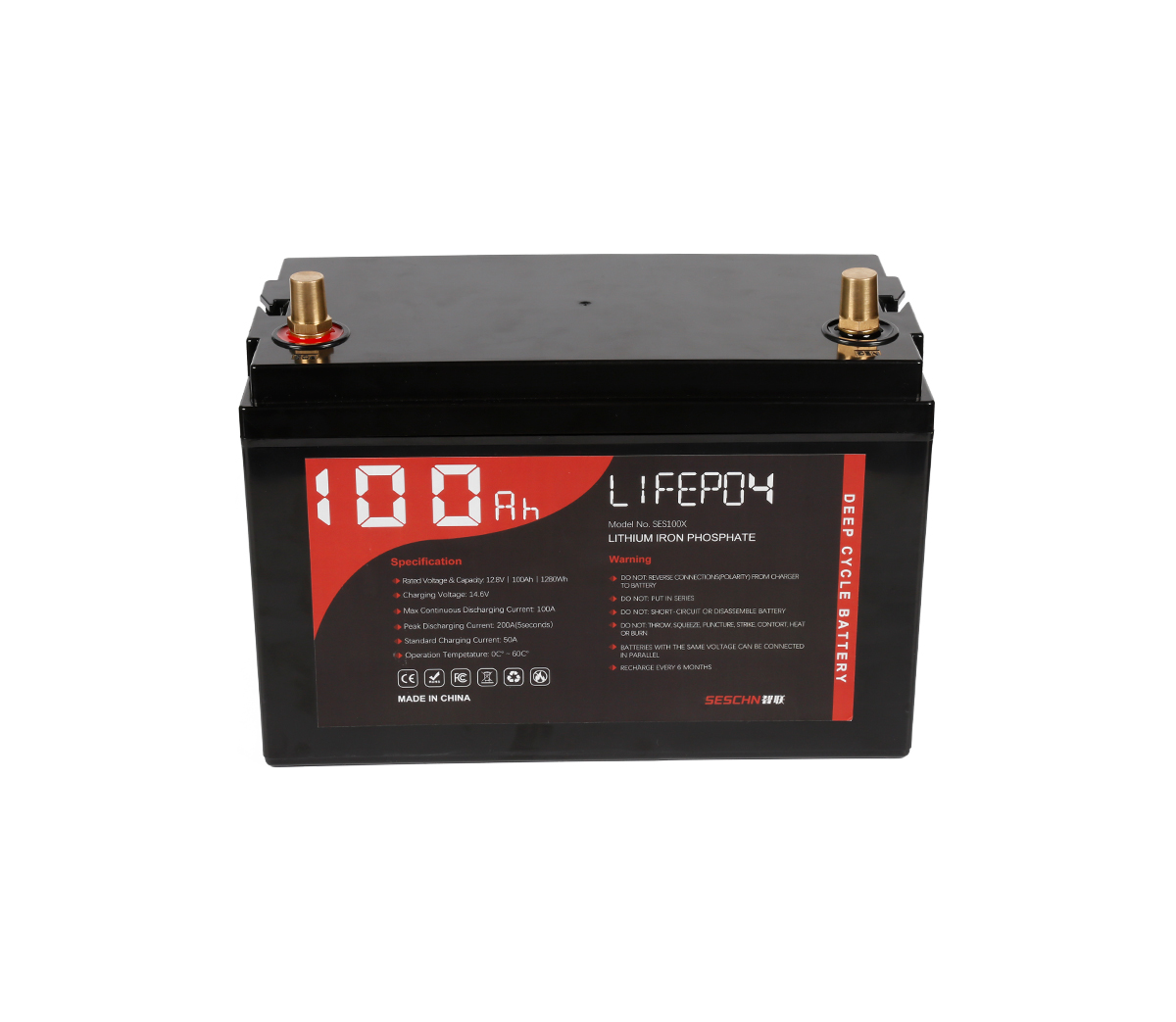Inverter Q&A
As the global pace of reducing carbon emissions is getting faster and
faster, the development of clean energy has also entered a fast track. Among
them, photovoltaic power generation is known as the most suitable clean energy
at this stage, and its supporting inverters, lithium battery energy storage
systems, etc. are constantly updated. Although SES Power is mainly engaged in
the production of customized lithium batteries, we have many projects that need
to be used with various inverters. In order to provide better services to
customers, we choose inverters as accessories. The most frequently asked
questions by users are answered here.
Q: The temperature of the back of the inverter is a little high when it is
working. Is this normal?
A: This is normal, because the whole inverter dissipates heat through the
heat sink on the back, and the inverter can only operate normally if the heat
dissipation is normal. However, the normal operating ambient temperature is
generally within 60 degrees. If it is too high, the inverter will run with
reduced load. During installation, it is recommended to install the inverter in
a cool and ventilated place to avoid exposure to the sun.
Q Why is the active power of photovoltaics preferentially consumed?
A: Photovoltaic power generation is a kind of power source, it can output
electric energy, and can only output electric energy, and the grid is a special
kind of power source, it can not only provide electric energy to the load, but
also can receive electric energy as a load. According to the principle that
current flows from places with high voltage to places with low voltage, when
photovoltaic power is generated, the voltage of the grid-connected inverter is
always slightly higher than the grid voltage from the perspective of the load,
so the load preferentially uses photovoltaic power generation, only When the
photovoltaic power is less than the load power, the voltage of the grid
connection point will drop, and the grid will supply power to the load.
Q: Why does the photovoltaic power station installed in my home fail to
achieve the ideal power generation?
A: The amount of photovoltaic power generation changes dynamically
according to objective conditions. In addition to the loss of the photovoltaic
system itself, the intensity of solar radiation, the inclination angle of
photovoltaic modules, dust, snow, shadows, etc. block the light reaching the
modules and exceed the power of the cells. The standard operating temperature
(25℃) and other reasons will reduce the power generation. Therefore, it is
recommended to select a suitable inclination angle and regularly clean the
photovoltaic panels during installation.

Q: Will adding a free compensation device to improve the power factor
reduce the power generation of the inverter?
A: Adding reactive power compensation device to improve the power factor
will not affect the power generation of the inverter. Using the inverter itself
to do limited reactive power compensation, the power factor is above 0.9, and it
will not affect the power generation of the inverter; However, if the power
factor of the inverter is set lower than 0.9, it will affect the active output
of the inverter and thus the power generation.
Q: The inverter stops and the red light is on. The display screen shows
that the grid voltage is too high/too low, the grid frequency is too high/too
low, the grid is missing, and the corresponding fault code is displayed. What is
the solution?
A: The inverter reports over-under-voltage faults and over-under-frequency
faults are mostly due to the problem of the power grid itself, not the inverter.
The inverter itself can properly relax the voltage and frequency ranges under
the conditions of safety regulations.
In addition, remind users again that there are many types of secondary
batteries that can be used with photovoltaic power generation, such as
nickel-metal hydride batteries, lead-acid batteries, lithium batteries, etc. SES
Power recommends that you use a lithium iron phosphate battery because of its
long life, good safety performance, and light weight. For example, we use
12V100Ah, 24V100Ah, 36V100Ah, 48V100Ah, 60V100Ah, 3KW, 5KW home energy storage
systems, rack-mounted energy storage systems and other products of square
aluminum-shell lithium iron phosphate batteries from EVE, CATL, and BYD, which
are very popular with customers. Here is an application example of replacing
lead-acid batteries with lithium iron phosphate batteries. 12V/100Ah (1280Wh)
lead-acid battery, its weight is 26kg, the number of charging times is about 300
times, and the use time is about 2 years. If the lithium iron phosphate power
battery is used, the same 320Wh energy (4 100Ah batteries connected in series)
is used, the weight is about 9kg, the number of charging times can reach 4000
times, and the service life can reach 5 to 8 years. If it is used in conjunction
with photovoltaic power generation, the overall economic effect must be that
lithium iron phosphate batteries are far better than lead-acid batteries.



































